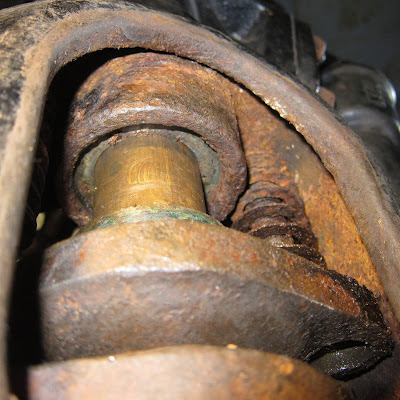 |
| New replica nameplate |
The search began with 'Joyce Sandeman' and 'Croydon'. This revealed only one person 'Joyce Helen Sandeman' and, according to various records, she was born on 1st July 1902 and died a spinster on 12th December 1974.
'Sandeman' being an uncommon name and located in Croydon would appear to be the only lead. Thus all information here is based on Joyce Helen although it could be completely wrong!
Joyce's parents were William James and Annie Charlotte Sandeman. William James Sandeman was the Gas Works chairman and other members of the family had connections with the gas supply industry.
 |
| 1911 Census Entry |
Joyce had two cousins: Ronald Frederick Sandeman, who married Elsie Louise Docking, and Barbara Clare Sandeman who married Cecil George Hine. All of these relatives died in the 1970s or 1980s.
Although I have no public access to this family via the ancestry website, it would appear that there were children who could possibly still be alive and a source of information. It would be lovely to hear from anyone who really knows something about Joyce herself.
I have, however, been speculating a little. I asked myself: 'If I had a steam locomotive where I was chairman of the company, what would be the likely age of my child for me to honour by using their name for the loco?'. In the range 5-15 maybe?
Joyce, being born in 1902, would have been 26 when 7109 arrived at Croydon Gas works in 1928. Seemingly, Joyce was an only child so maybe this could make sense but I'm not convinced this was the reason.
The 1939 census shows Joyce to be in the Cedar Grange Nursing Home in Caterham and described as 'incapacitated'. In that context, 'incapacitated' suggests that she may have been an invalid either from birth or through the consequences of WW1. The incapacity may have meant that she was cared for by her parents and was so dear to them that 7109 was honoured with her name.
This is of course purely speculation. If anyone can shine a light on Joyce, I would be grateful for any information - please leave me a comment to this posting. And, of course, be my guest and come to visit 7109.

























































